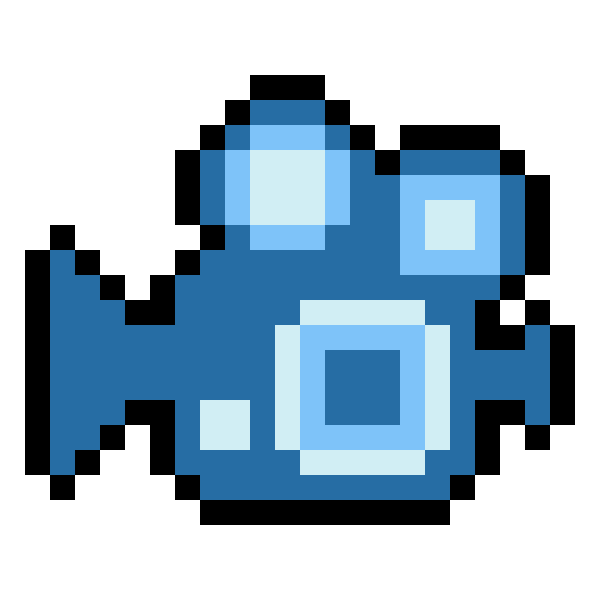209 reads
ControlNet: Changing The Image Generation Game with Precise Spatial Control
by
January 5th, 2024
Audio Presented by

I am an AI Reseach Engineer. I was formerly a researcher @Oxford VGG before founding the AI Bites YouTube channel.
Story's Credibility



About Author
I am an AI Reseach Engineer. I was formerly a researcher @Oxford VGG before founding the AI Bites YouTube channel.